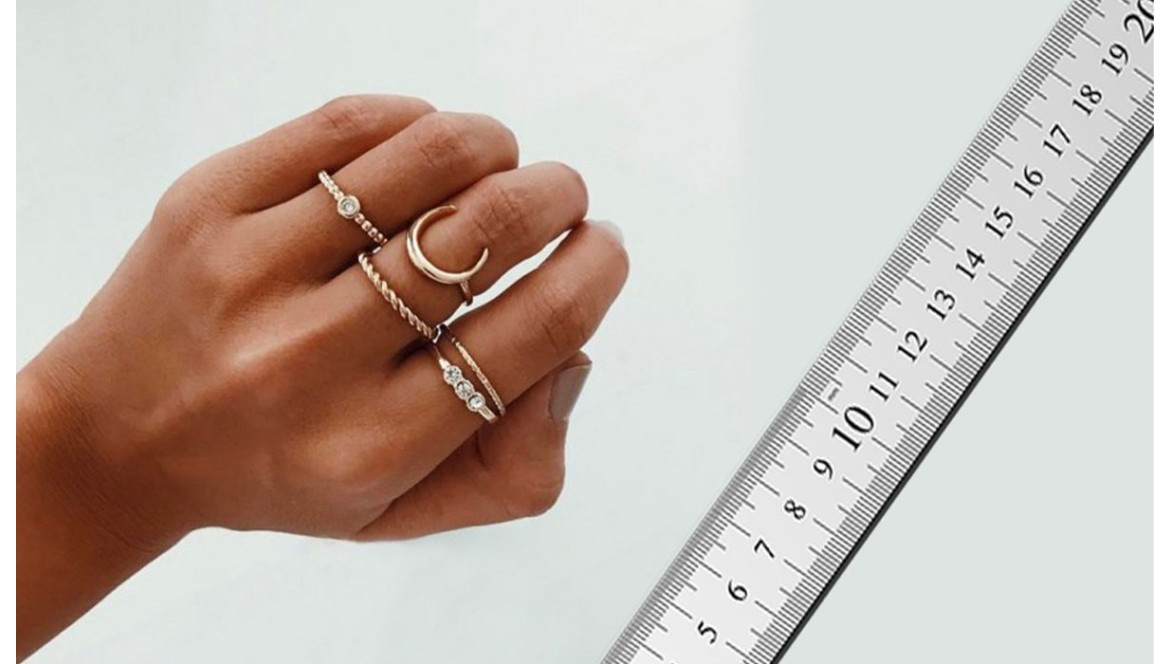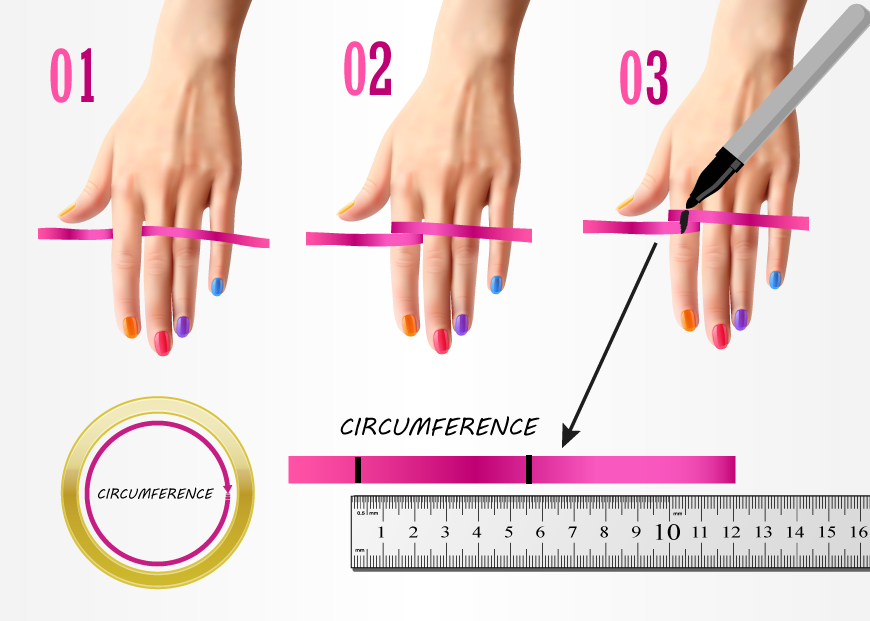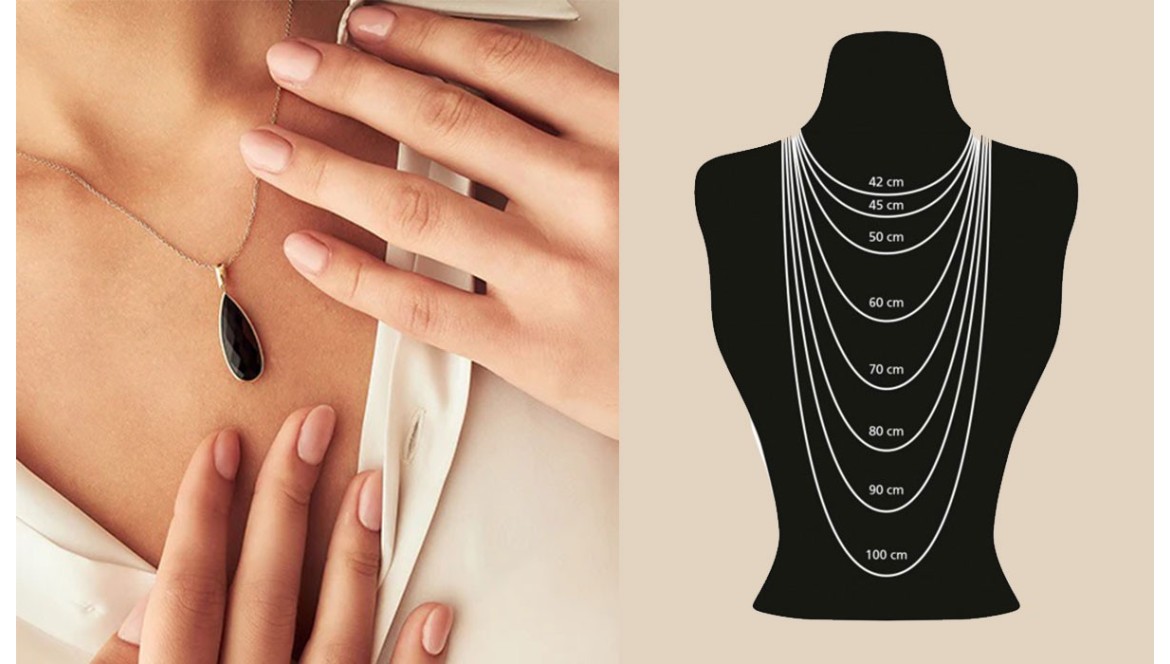How to choose a ring size

You will not necessarily need to know the size of your finger because you may choose an open ring. They are very trendy, they are very successful because their size can be adjusted to your finger. They have the advantage of being able to be worn on different fingers, depending on your style of the day. You can find many models on our site if you opt for this choice.
If you opt for traditional rings, the best way to define the ring size that will best suit your finger is to have a ring sizer. If you are the type to regularly change jewelry according to your outfits, and you often buy rings to vary the pleasures, it would be highly recommended that you have one. We have several models to offer you.
Indeed, this remains the most precise way to define your finger size, because a ring sizer will allow you to pass the ring at the level of the joint which is generally stronger .
There are of course more home-made ways to measure your finger size if you don't have a ring sizer. It is nevertheless necessary to anticipate the passage of the ring at the level of the finger joint.
In Europe, ring sizes correspond to the inner perimeter of the ring in mm.
The first way to obtain this perimeter is to go around your finger using a thread or strip, then measure in mm the length thus obtained at using a ruler.
There is a second way to measure the size of your finger. The perimeter of a ring also corresponds to an inside diameter of the ring. Thus, to know the size of your ring, you can also measure the width of your finger in mm using a graduated adjustable wrench and multiply it by ∏ (3.14) to obtain the size of your ring. Be sure to measure the width of your finger as it will be thinner if you measure its thickness.

Here are the matches if you chose the second method:
Diameter (mm) / Size (mm):
15/47-48, 15.5/49, 16/50-51, 16.5/52, 17/53-54, 17.5/55, 18/56 -57, 18.5/58-59, 1.9/6



Comments
No comment at this time!
Leave your comment